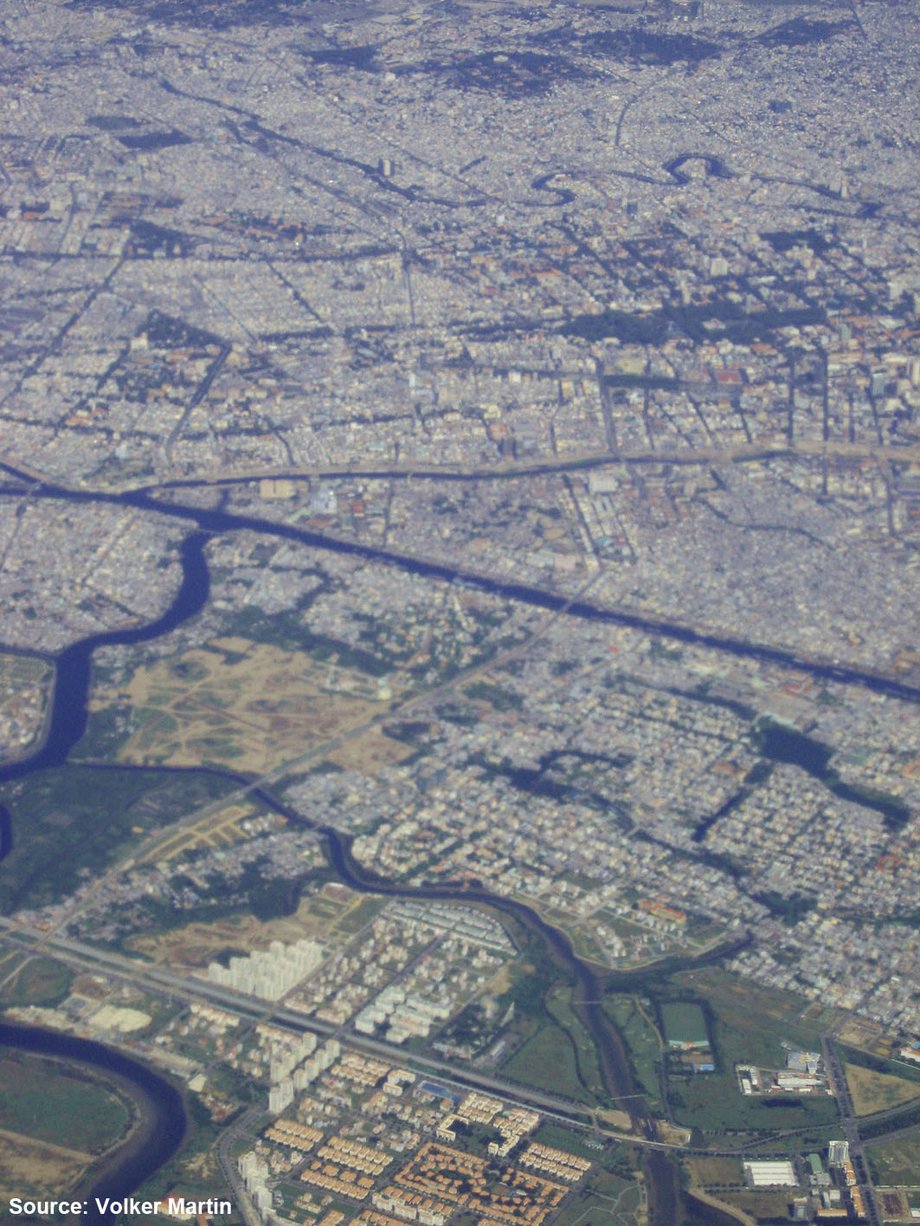WP 6 - Precaution and Adaptation Strategies to Climate Change Impacts on the Regional and City Level
Responsible Contacts
Prof. Dr. Thorsten Wiechmann and Dipl.-Geogr. Andreas Gravert (University of Dortmund, Department of Spatial Planning)
Dipl.-Ing. Ralf Kersten (Brandenburg University of Technology, Department of Urban Planning and Spatial Design)
Dipl.-Ing. Bodo Fuhrmann (Gesellschaft für Gesamtverkehrsplanung, Regionalisierung und Infrastrukturplanung mbH)
Background

Climate change is a long-term and cross-cutting challenge. The constant endeavour to integrate and balance different sectors, stakeholders, administrative entities, scales and time-frames makes urban and regional planning therefore a central element of effective climate change response. Adaptation affords to be designed accordant to environmental exposures and social vulnerabilities; not accordant to administrative boundaries or sectoral duties. The core function of general planning -- the steering of large scale land use patterns -- must be used as a basic tool for adaptation, allowing for the development of a sustainable urban structure. The inclusion of the transport sector into climate change planning is fundamental, not only due to its vulnerability to flooding which is already apparent, it also accounts for a large part of urban GHG emissions. Despite, being in charge of public greenery along streets, the transport sector already became a major driver of climate change adaptation most recently.
Objectives
The main objective of WP6 is to identify, implement, and assess ways to integrate climate change concerns into the metropolitan/conurbation level of the planning system (level 1, according to the AF2-structure).
Therefore, a thorough examination of the planning system and current climate change response and the scanning for challenges and opportunities for climate change related action was required. This examination now allows for the development of recommendations that relate to the institutional dimension (with the elaboration and implementation of innovative planning instruments), the spatial dimension (with the identification of main fields of action and classification of areas with similar challenges), and the conceptual dimension (with the development of climate change adapted and energy efficient urban and regional planning strategies).
In all three dimensions WP6 executes an overarching function for AF2. In the first two project phases, this integrative work resulted in the development of innovative planning instruments such as the 'Green Agenda HCMC' as basic integrative tool for AF2. The analysis of urban development and projected climate change impacts led to the identification of 4 urban areas with different sets of requirements serving as basis for the elaboration of the planning studies (WP7&8).
Outcomes and Deliverables
- Identification of feasible tools to enhance the response capacity of the urban and regional planning system in the HCMC Metropolitan Region
- Recommendations and guidelines for climate adapted urban and regional planning
- 'Climate zoning' - conceptualization of a planning tool for determining areas with common climate change related characteristics serving as basis to regulate land-use and construction activities
- Concepts for sustainable transport systems
